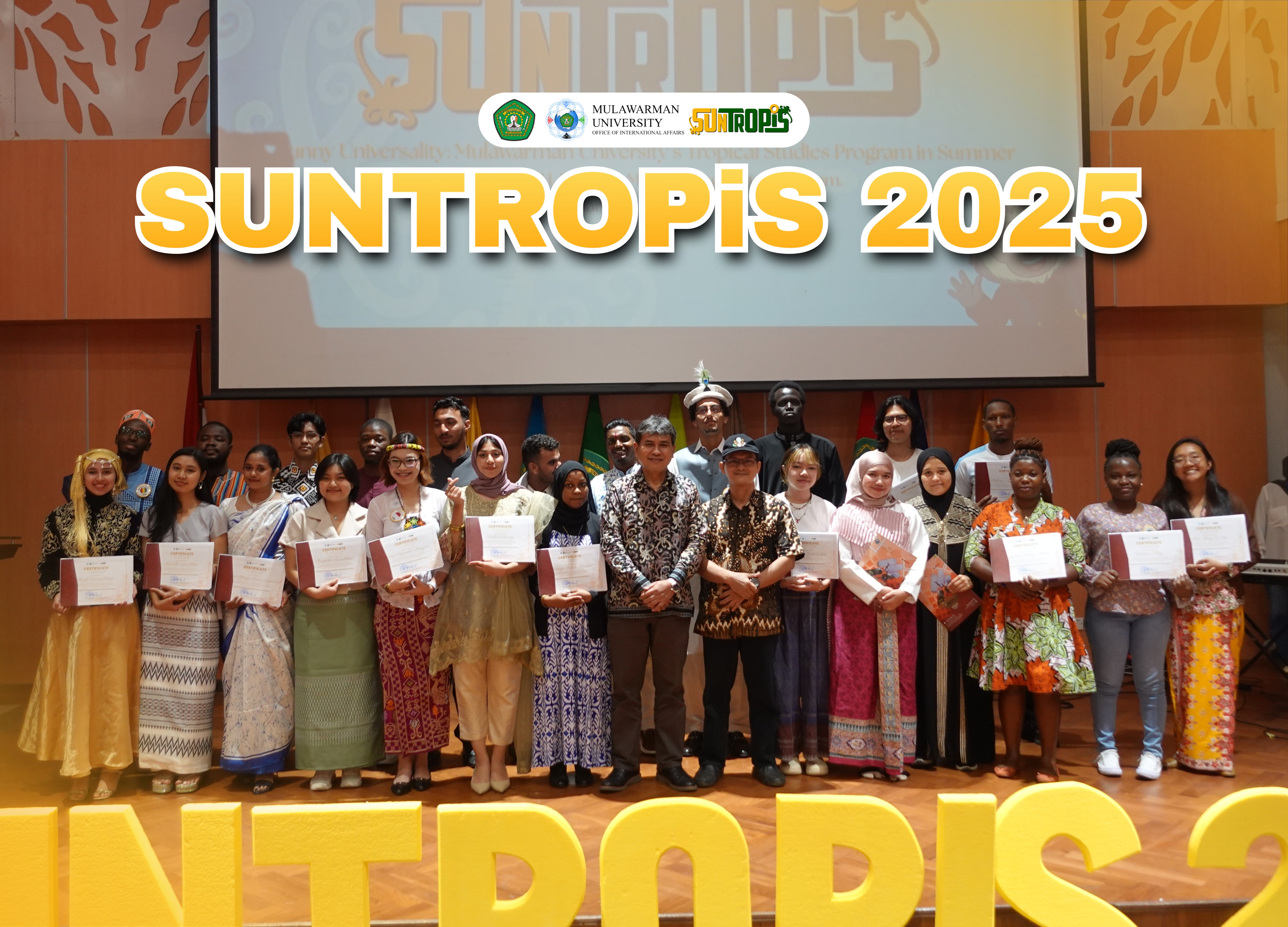On July 15th, 29 participants of International Summer School Mulawarman University experienced eco-print by making their own tote bags. The activities that were carried out after the opening ceremony were Assisted by Ester (one of the members of International Student Buddy) as a translator, explaining to the participants step by step how to make an eco-print. The participants seemed to enjoy the activity because it was the first eco-printing experience for most of them. They pour their creativity through plants that used to make the print on their tote bag as creative as they could.
In a bid to reduce their carbon footprint and embrace sustainability, companies worldwide are turning to eco-friendly printing solutions. From biodegradable inks to recycled paper, the printing industry is undergoing a green transformation, paving the way for a cleaner and more sustainable future.
The printing industry, long criticized for its environmental impact, is now witnessing a wave of innovation aimed at reducing its ecological footprint. As businesses and consumers become more eco-conscious, the demand for sustainable printing practices is on the rise.
Many companies are leading the charge in adopting eco-friendly printing practices. Major players in the industry have committed to reducing their environmental impact by setting ambitious sustainability goals. For example, some have pledged to achieve zero waste to landfill, while others are focusing on carbon neutrality by offsetting their emissions through renewable energy projects.
The shift towards sustainable printing is also driven by consumers who are increasingly aware of their environmental impact. As more individuals seek out eco-friendly products, businesses are responding by offering greener printing options. This trend is particularly evident in the packaging industry, where there is a growing preference for recyclable and compostable materials.
While the transition to eco-friendly printing presents numerous benefits, it is not without challenges. The cost of sustainable materials and technologies can be higher, posing a barrier for smaller companies. However, as demand increases and technology advances, prices are expected to decrease, making green printing more accessible.
Looking ahead, the future of the printing industry lies in its ability to innovate and adapt to the growing demand for sustainability. By embracing eco-friendly practices, the industry can play a crucial role in protecting the environment and promoting a greener planet.
The rise of eco-friendly printing solutions marks a significant step towards sustainability in the printing industry. With continued innovation and commitment from both businesses and consumers, the industry is poised to make a lasting positive impact on the environment.
With this activity, it is hoped that we can introduce printing solutions that are more eco-friendly to the participants.
Rapporteur: Sherina Maharani Darmawan & Rarasanti Eka Purnamasari




